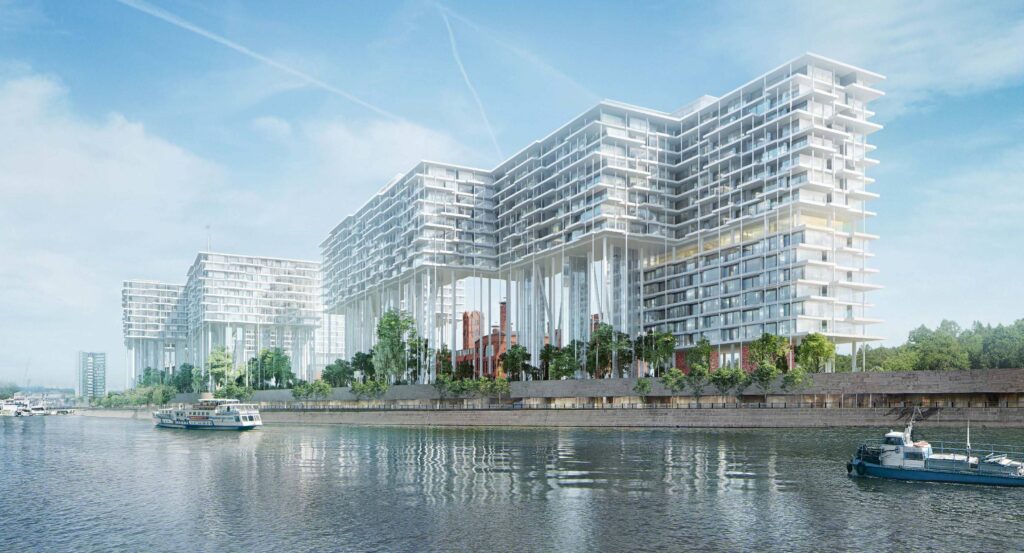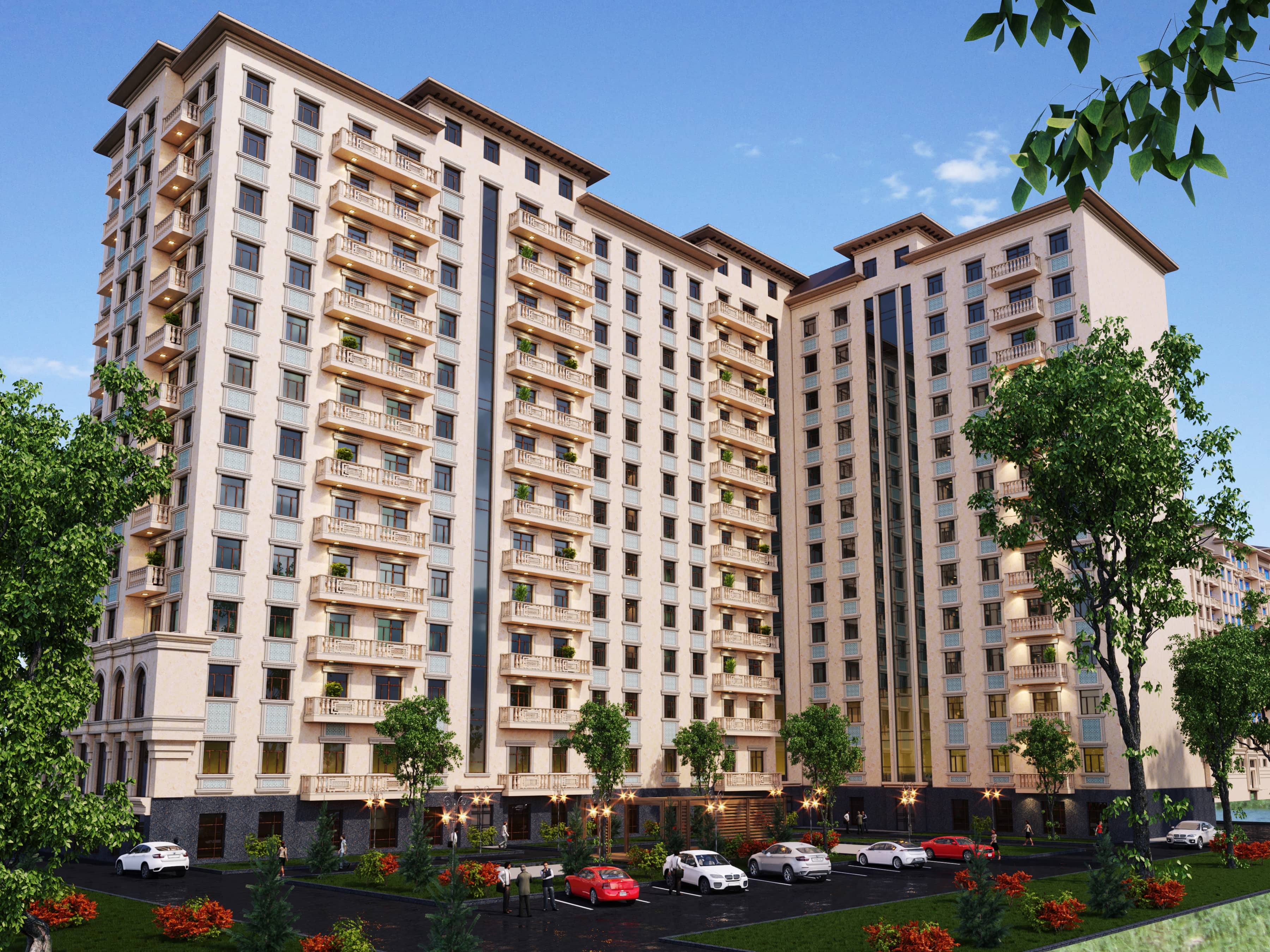When before delivery residential complex With twelve months left to build a commercial building, one of the most intense and responsible stages in a developer's marketing communication begins. This time is not just the finish line, but a chance to build trust, attract potential buyers, and show that the project is alive and well. From the correct one content plan a year before delivery, it depends on how confidently the brand will be perceived in the information field.
Below is a step-by-step strategy., what to publish a year before the delivery of the objectto attract attention and not lose interest in the project during the last months of its construction.
Creating an image of the future: visual and semantic guidelines
Twelve months before commissioning, the project can be described as almost complete. You already have visual materials, complete architectural solutions, and an idea of the environment around you. This is the time for detailed visual publications.
Photos from the site, drone footage, and short videos all help show the real scale of construction. Images taken at different times of the day and from different angles make the project live in the audience's perception. It is important for people to see that the house does not just exist in renderings, but grows out of concrete, glass, and brick.
Additionally, you can publish a series of posts with details of architectural solutions, explain why such facades were chosen, what the entrance group will be like, and how courtyards and entrances will be equipped.
Focus on integrity: transparent demonstration of progress
It is important for future tenants or tenants to understand that the promise is being realized. Therefore, the content at this stage pays a lot of attention to the progress of construction. Publications in the "construction diary" format give the audience a sense of involvement in the process.
Such publications include:
photos on the background of the current stage of work;
brief comments from engineers or foremen;
explain the construction stages in simple language.
Stability is emphasized: what is being done now, what will be done in a month, and how deadlines are being met. This helps build trust in the developer and reduces the anxiety of those who have already made a payment.
Internal content presentation
When the building is almost ready, there comes a time when you can tell not only about the facade, but also about the internal "stuffing". This is when publications begin to move from general to private. It is important to share what awaits residents outside the apartment door.
The content may include:
reviews of finishing types (if offered ready-made);
layout options and their advantages;
stories about security, ventilation, and lighting systems;
demonstration of entrance doors, elevators, and common areas.
It is at this stage that visualization works well. Virtual 3D reviews, animations of routes from the entrance to the apartment, videos with a passage through the floors-all this allows a person to" try on " the space for themselves.

Stories of future residents and employees
Nothing resonates like real people. Stories about those who have already bought an apartment or invested in commercial premises form a sense of community. These can be either real interviews or short quotes with portraits.
You can also tell us about those who build the object: bricklayers, engineers, architects. This creates an image of the project as a big, live process, where every detail is important, and every person is part of the team.
Posts with quotes, mini-stories, and shots of people become an emotional part of your content strategy. They inspire trust, make the project closer and more human.
Environment and infrastructure
One of the main expectations of the buyer is to understand how they will live around the object. What kind of shops are nearby, whether there is transport, how far to school. Therefore, the content should include not only the building itself, but also the environment.
Suitable formats:
district reviews with photos and videos;
routes from the place to stops and stations;
interviews with residents of neighboring houses;
stories about future improvement projects that will appear along with the project.
These publications help to form a picture of everyday life, eliminating the anxiety "how will I live there?".
Preparing for the transfer: care and instructions
A few months before delivery, the content related to the preparation for settlement becomes especially relevant. It is important to tell us how the keys will be transferred, what documents need to be prepared, and what happens on the day of check-in.
The formats can be different:
checklists;
step-by-step instructions;
video explaining the procedure;
answers to frequently asked questions.
Such content reduces anxiety and prepares future residents morally and organizationally. It shows that the developer thinks about people and cares about their comfort.
Feedback: Live dialog
You must actively interact with your audience one year before the final exam. This can be a question-and-answer format, live broadcasts with representatives of the developer, or categories in the comments under posts. People feel like they're being talked to, not just "posted."
It is important to carefully monitor the topics that customers most often discuss. By answering these questions publicly, the developer removes barriers and increases the sense of trustworthiness.








